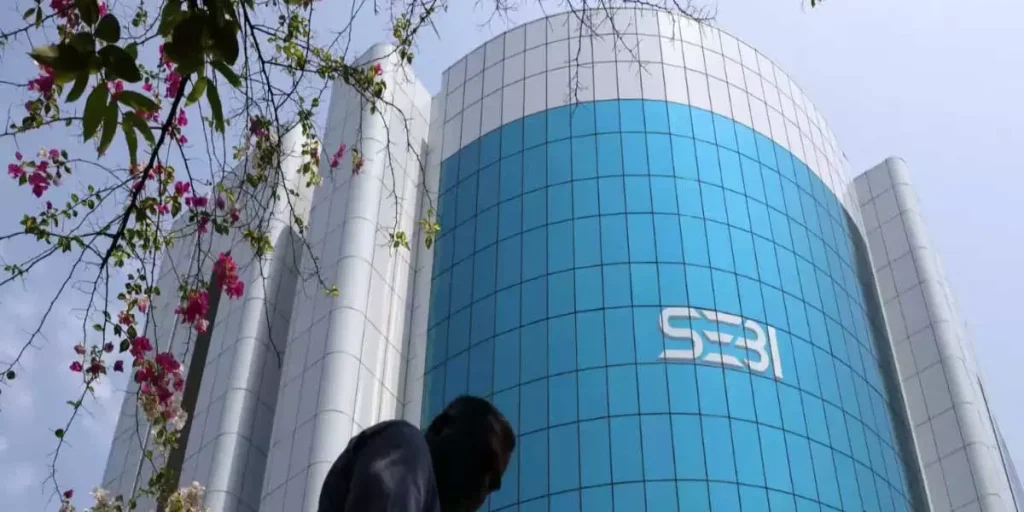ESG ratings can now be withdrawn if a firm lacks BRSR filings or has no subscribers.
Issuer-pays models require 3-year coverage and 75% bondholder approval for withdrawals.
India aligns ESG withdrawal norms with credit rating standards amid global reporting shifts.
India’s market regulator, the Securities and Exchange Board of India (SEBI), has introduced definitive guidelines for when and how ESG (Environmental, Social, and Governance) ratings can be withdrawn by registered rating providers.
These changes aim to address operational challenges raised by rating agencies and stakeholders, and bring ESG withdrawal norms in line with long-established credit rating protocols. The move comes amid rising global scrutiny of sustainability disclosures and evolving reporting obligations.
“SEBI will review the ESG disclosures,” SEBI Chairperson Tuhin Kanta Pandey told Reuters earlier this month, following industry concerns about “onerous” environmental, labor, and social reporting requirements.

Key Guidelines for ESG Rating Withdrawal
Under the new circular dated April 29, 2025:
For subscriber-pays models, ESG ratings can be withdrawn if:
There are no active subscribers at the time of withdrawal.
The rated company has failed to provide a valid Business Responsibility and Sustainability Report (BRSR).
However, ratings linked to broader indices like Nifty 50 cannot be withdrawn if the index still has subscribers.
For issuer-pays models, withdrawal is permitted if:
The security has been rated for at least 3 years or 50% of its tenure, whichever is greater.
The rating agency obtains a no-objection certificate from 75% of bondholders (by value).
For company-level ratings, a 3-year continuous rating history is required, without the need for bondholder consent.
All withdrawals must comply with the provider’s internal policies, which must be disclosed on their website. Additionally, withdrawn ratings cannot be redistributed post-removal.
RELATED ARTICLE: ESG Ratings: Sebi proposes only accredited entities can provide ESG Ratings
Broader ESG Oversight in Focus
The updated circular also mandates stock exchanges to publish ESG ratings prominently on listed company and security pages, enhancing transparency for investors.
Moody’s Ratings currently places India in a high-risk category on both environmental and social fronts, highlighting the urgency for coherent and credible ESG practices. As international regulators, including the European Commission and U.S. authorities, recalibrate ESG frameworks, SEBI’s actions position India in step with a global regulatory reset.
These changes are effective immediately.
Read the new guidelines here.
Follow ESG News on LinkedIn

